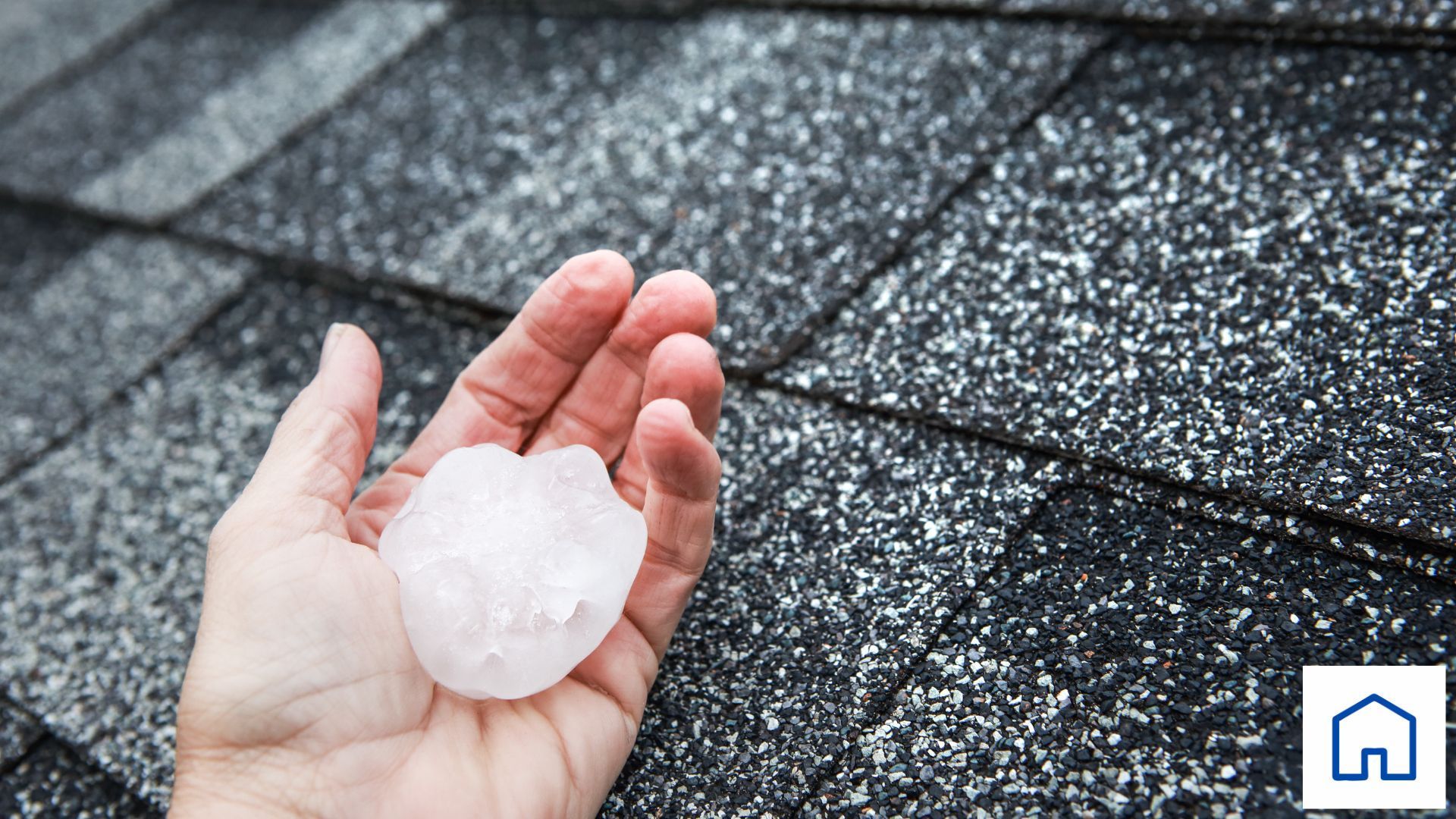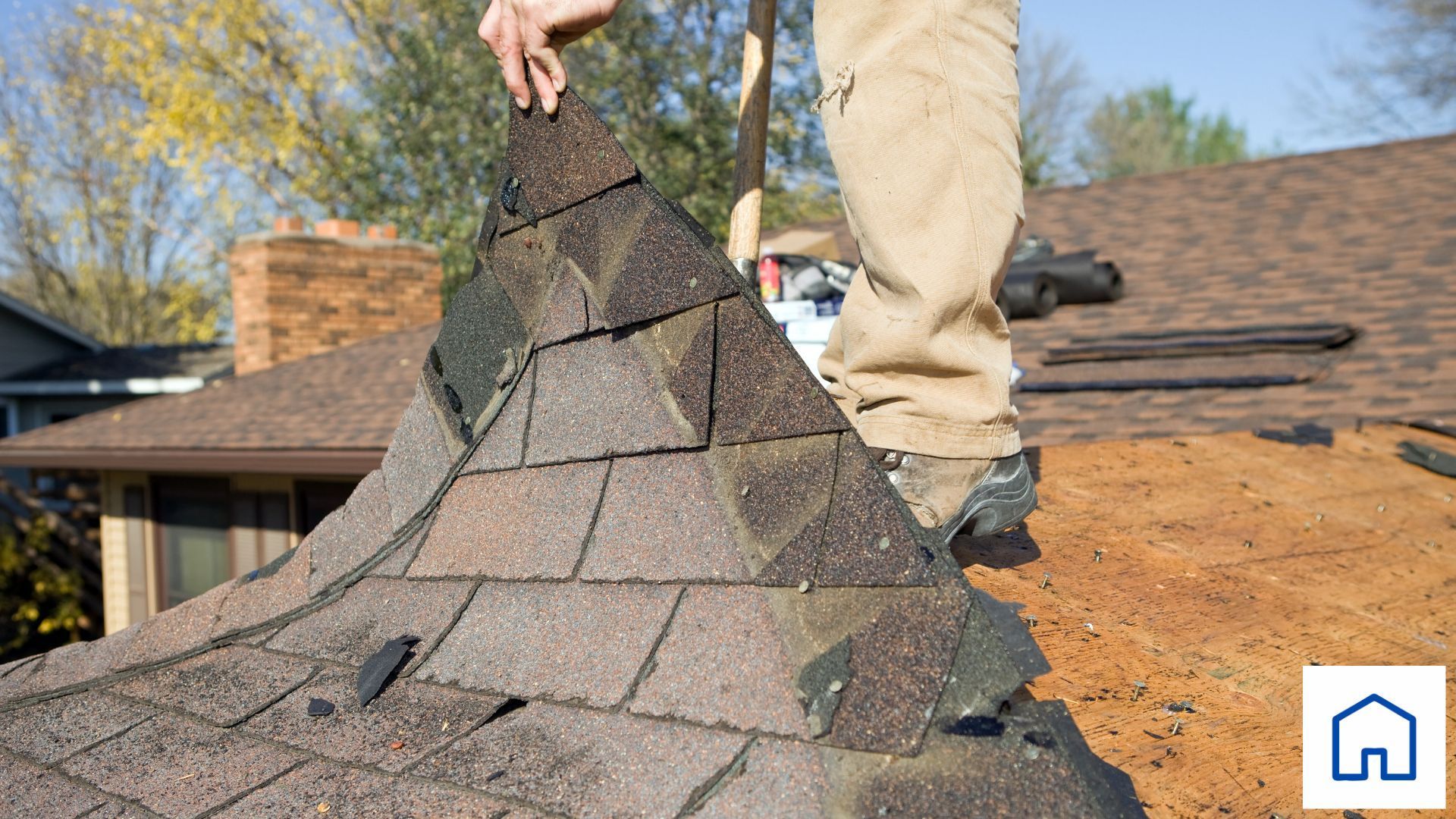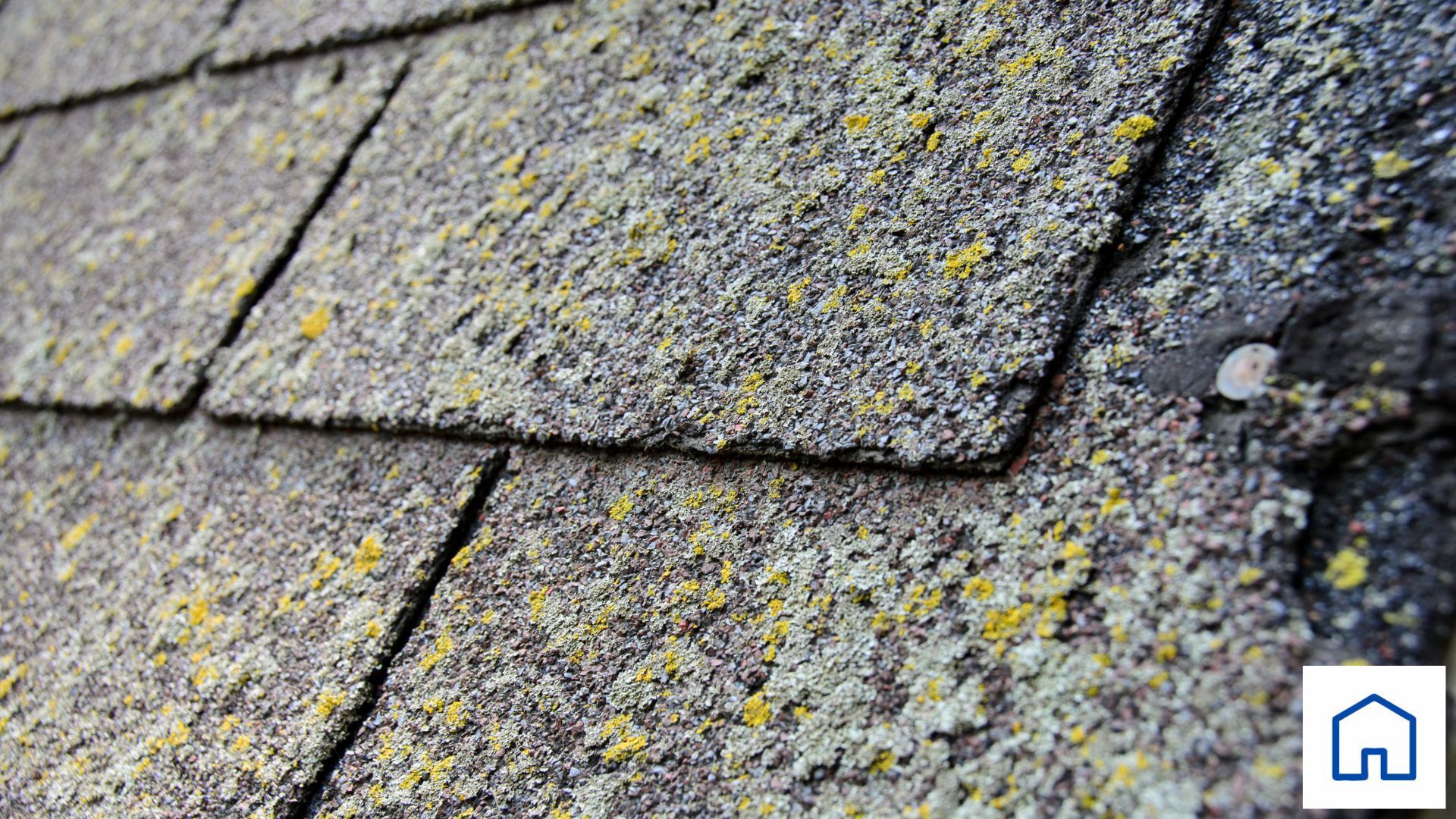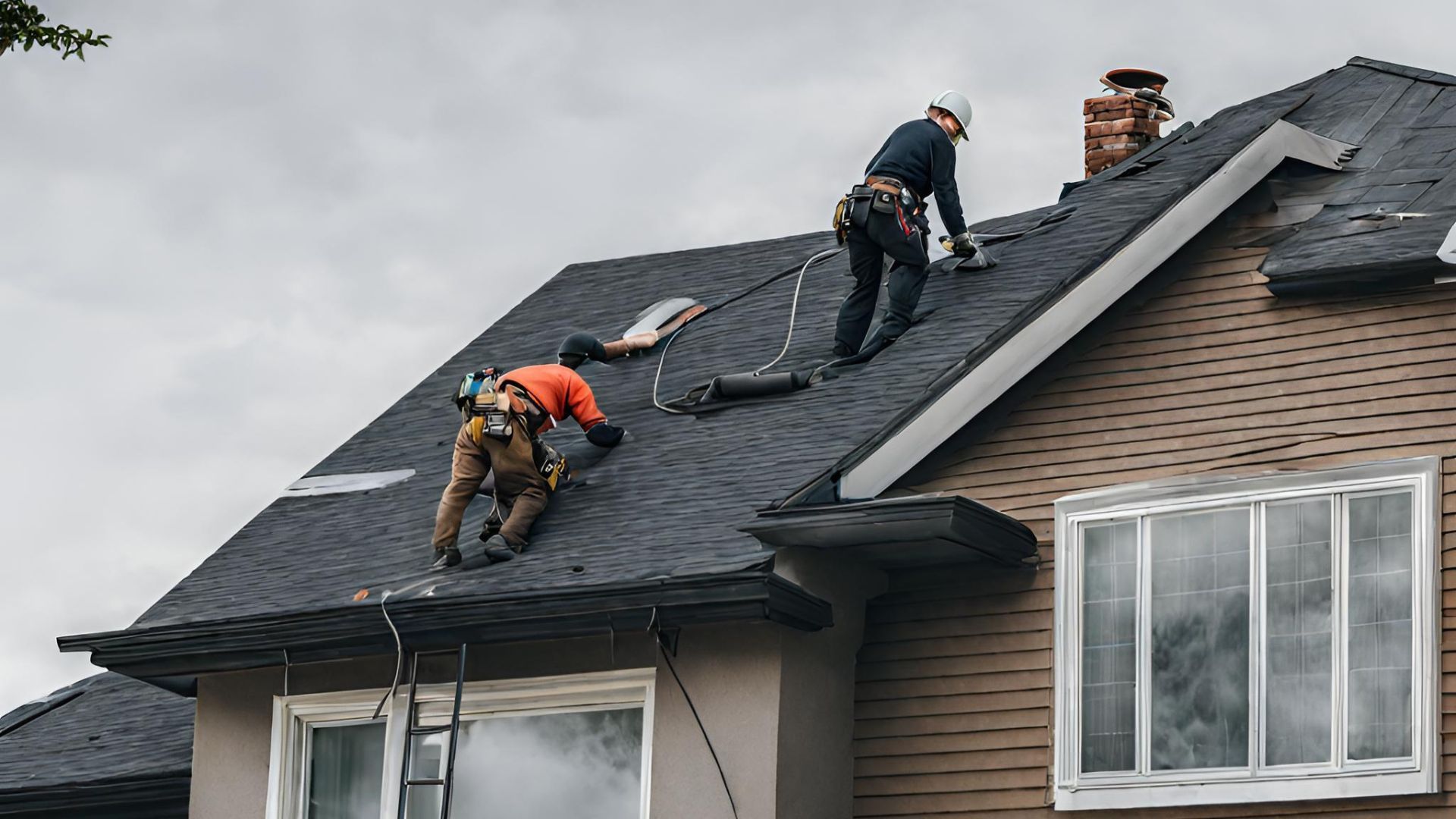The True Cost of Roof Damage: Beyond Just Repairs
The True Cost of Roof Damage: Beyond Just Repairs
When homeowners think about roof damage, they often consider the immediate costs of repairs or replacement. However, the true cost of roof damage extends far beyond the expense of patching up or replacing shingles. From increased energy bills to decreased property value, the impact of a damaged roof can affect various aspects of your home and financial stability. Here’s a detailed look at the broader implications of roof damage.
Structural Integrity Risks
The most obvious consequence of roof damage is the threat it poses to your home's structural integrity. Water infiltration from a leaky roof can lead to rot in the wooden support beams, which are essential for maintaining the stability of your roof and home. Over time, this can cause the roof to sag or, in extreme cases, lead to partial or complete collapse. Such structural repairs can be exponentially more costly than initial roof repairs and involve a lengthy, disruptive process to your daily life.
Increased Energy Costs
A damaged roof often leads to poor insulation, allowing heat to escape during the winter and cool air to leak during the summer. This inefficiency forces your heating, ventilation, and air conditioning (HVAC) system to work harder, which not only drives up your energy bills but also puts extra wear and tear on the HVAC system itself. The cost of these increased energy bills can add up significantly over time, not to mention the potential need for earlier HVAC replacement.
Mold and Health Issues
Moisture entering through a damaged roof provides a perfect breeding ground for mold and mildew. Once established, mold can spread quickly throughout the home, affecting the air quality and potentially causing health issues, especially for those with allergies or respiratory problems. Removing mold can be difficult and expensive, requiring professional remediation services. Furthermore, if mold is not adequately addressed, it can lead to further damage within the home, affecting walls, ceilings, and even the contents of the home.
Property Value Decrease
The condition of your roof is a significant factor in the overall value of your property. A roof in poor condition can drastically decrease your home’s market value, making it difficult to sell without first making costly repairs. Potential buyers often view a damaged roof as a sign of neglect, possibly leading them to wonder what other maintenance issues the home might have. This perception can reduce interest or result in lower offers, prolonging the time your property stays on the market.
Increased Insurance Premiums
If you file a claim for roof damage, especially more than one, you may see an increase in your home insurance premiums. Insurance companies assess risk based on claim history, and frequent claims can make you seem like a higher risk. Moreover, if roof damage is due to lack of maintenance, your insurer might not cover certain types of damage, which leads to higher out-of-pocket costs for repairs.
Legal and Safety Hazards
Ignoring roof damage can also lead to legal consequences, especially if it results in harm to others. For instance, if a guest or a passerby is injured by falling debris from your damaged roof, you could be held liable for their injuries. Additionally, a compromised roof can pose serious safety risks to your family and anyone who enters the home, potentially leading to accidents and injuries.
Conclusion
The true cost of roof damage encompasses far more than the initial repair or replacement expenses. It impacts everything from your home’s energy efficiency and structural integrity to your health and financial stability. Regular roof inspections and maintenance are crucial in mitigating these risks. Addressing issues promptly with the help of reputable professionals, like Best Nest Roofing & Renovations, ensures your roof remains in optimal condition, safeguarding your home and your finances. Remember, investing in your roof is investing in the safety, efficiency, and value of your entire home.
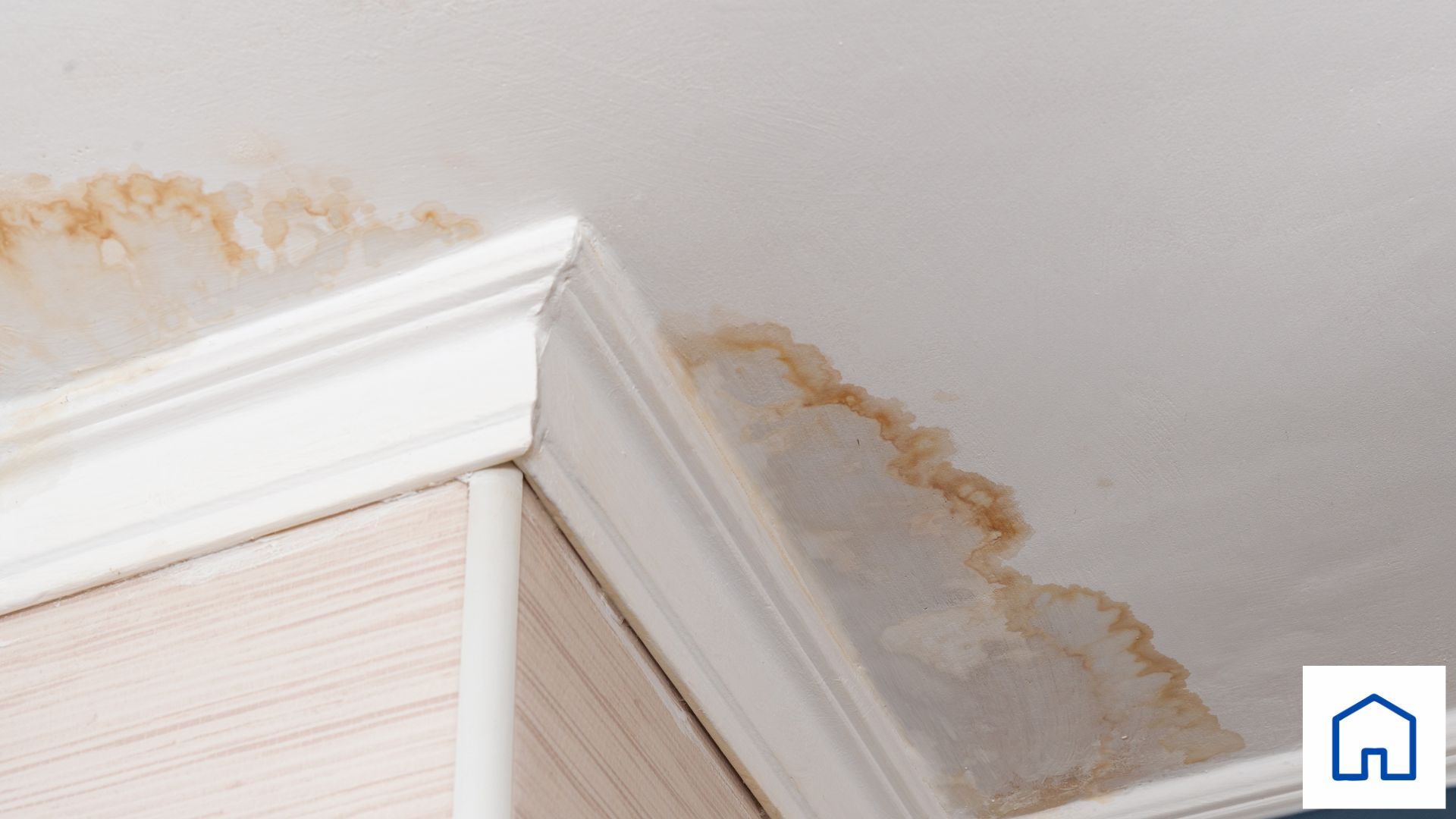



Ready to Renovate? Call Today!
All Rights Reserved | Best Nest Renovations


